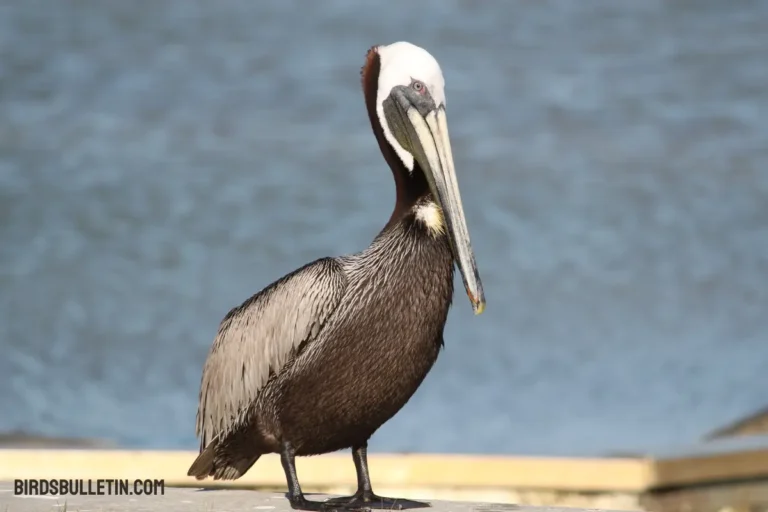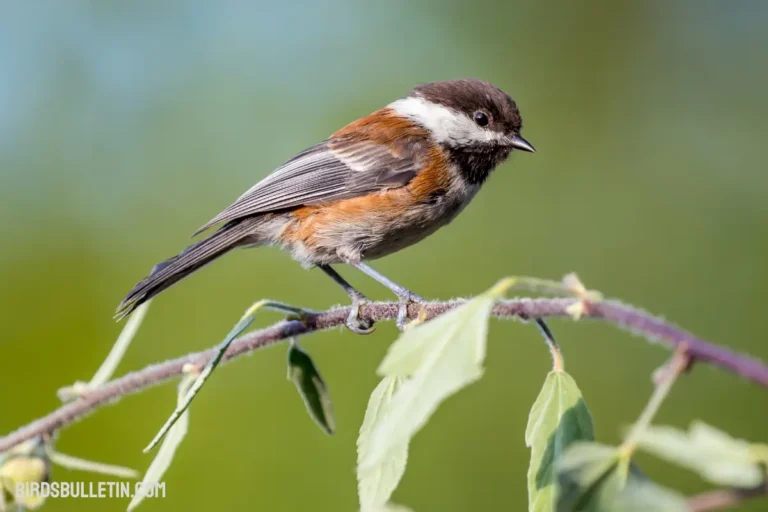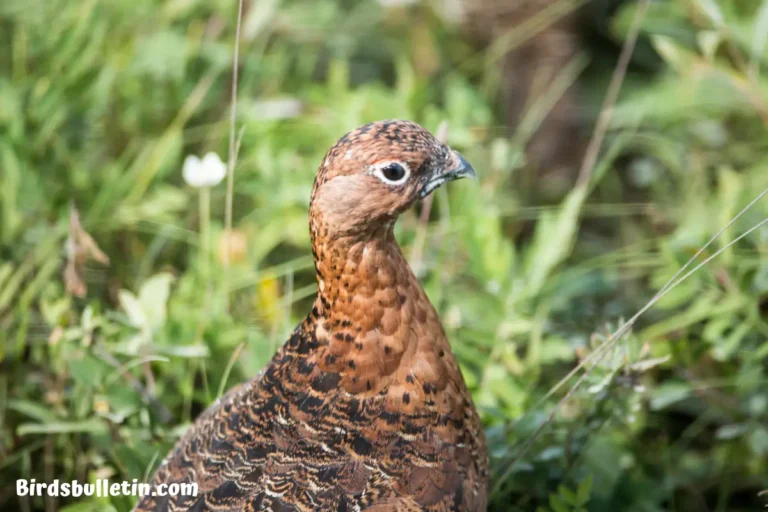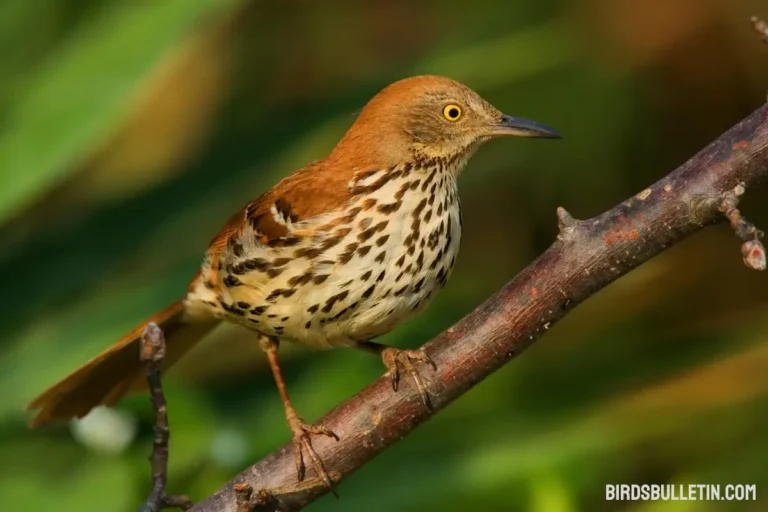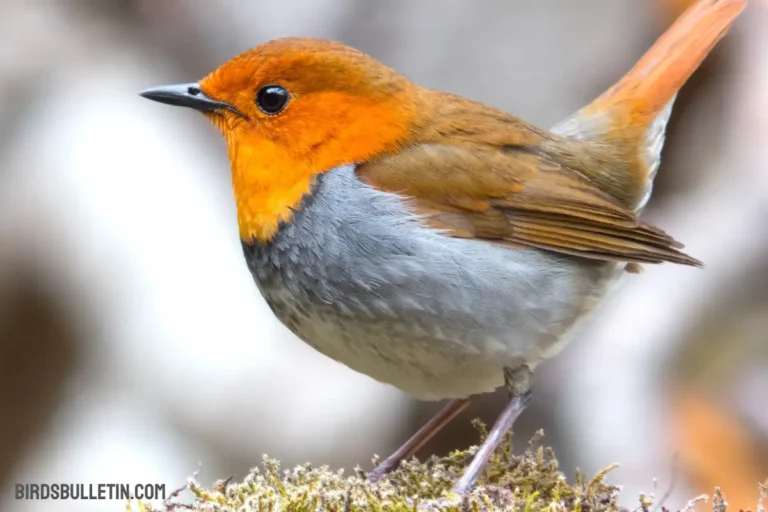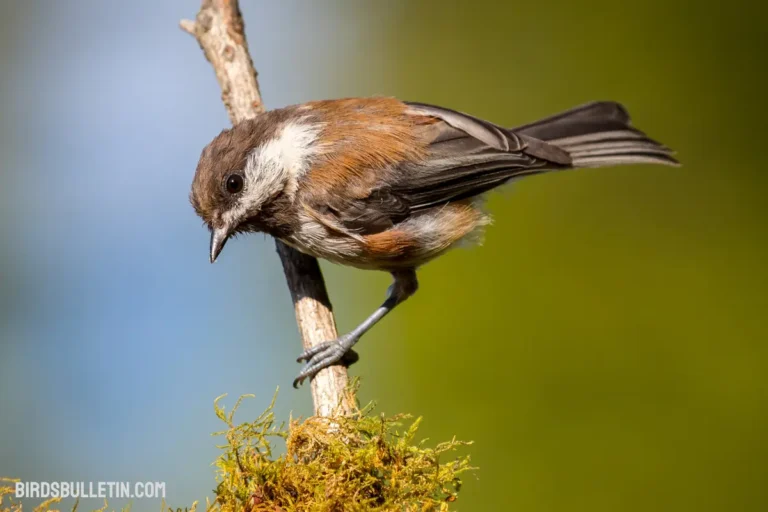Callipepla Californica Plumbea
C. c. plumbea, known as the San Quintin California quail, is a subspecies found from San Diego County, California to southern Baja California, Mexico.
First described in 1926, it inhabits coastal sage scrub and chaparral. Though still common in parts of its range, habitat loss has caused declines in the US, and conservation is needed.
Looking for more overview about bird subspecies:
Scientific Classification
- Kingdom: Animalia
- Phylum: Chordata
- Class: Aves
- Order: Galliformes
- Family: Odontophoridae
- Genus: Callipepla
- Species: Californica
- Subspecies: Plumbea (Grinnell, 1926)
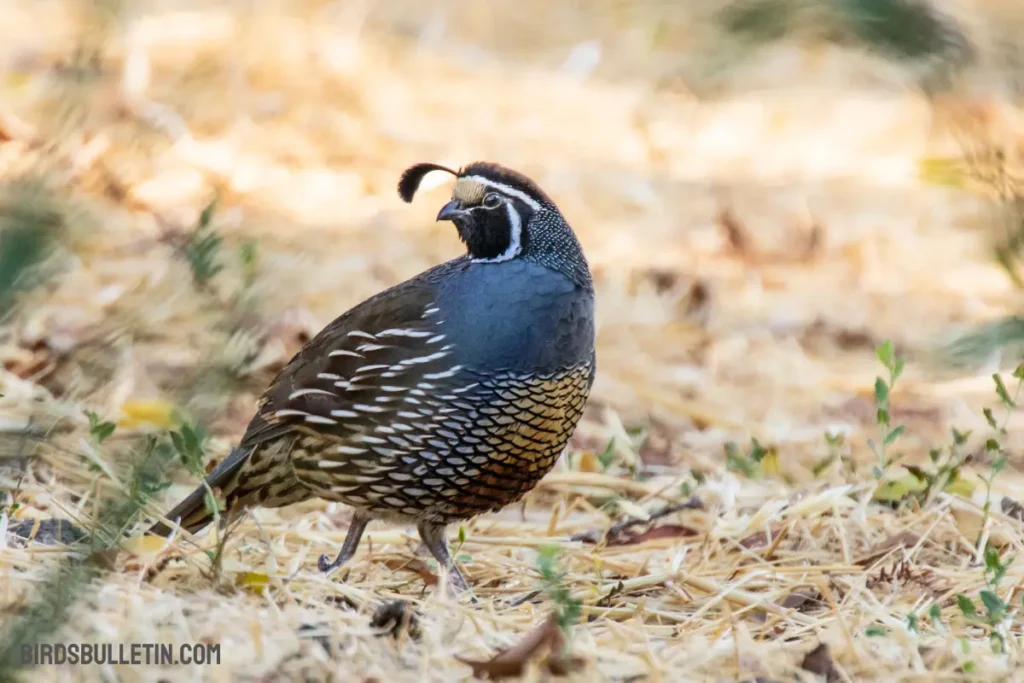
Identification
Similar to other California quail but has grayer overall plumage compared to inland populations. It has a gray underside, brown back, black face outlined in white, and a forward curving head plume. Males have a black throat.
Location
Ranges along the coast from San Diego County, California south to El Rosario, Baja California, Mexico. Inhabits coastal sage scrub and chaparral habitat.
Interesting Facts
- The subspecies’ adaptability to both natural and human-altered landscapes highlights its resilience, allowing it to survive in a variety of conditions.
- Prefers habitat with dense stands of shrubs like California sagebrush.
- Male establishes breeding territory in spring with distinctive calls.
- Scrapes out shallow nest depression on ground concealed by vegetation.
- Population declined significantly in southern California due to habitat loss.
- Still common and protected areas in the Baja California range.
Status
C. c. plumbea’s coastal habitat has declined substantially in the US portion of its range. However, still common in Mexico as part of its range. Listed as Near Threatened on the IUCN Red List.
Conservation of Natural Habitat
Threats include urbanization and agricultural conversion eliminating chaparral and sage scrub habitat, especially in the US range. Protecting remaining habitat fragments is crucial. Habitat restoration through planting native vegetation can help reconnect fragmented areas.
Frequently Asked Questions
01. How do San Quintin California quails communicate within their coveys?
San Quintin California quails communicate through a variety of vocalizations, including distinct calls and sounds, enabling effective coordination within their coveys for activities like foraging and alerting others about potential threats.
02. How has this quail adapted to its coastal habitat?
This subspecies has evolved lighter plumage that blends in with the gray tones of coastal sage scrub vegetation compared to inland populations.
03. Does the San Quintin California quail migrate between its habitat regions in San Diego County and Baja California?
San Quintin California quails are non-migratory and typically remain within their established territories year-round, adapting to the varying conditions within their habitat range.
Summary
In summary, the San Quintin California quail is a coastal subspecies that has declined substantially in the US portion of its range due to habitat destruction. Conservation efforts focused on the protection of remaining habitat and restoration of chaparral and sage scrub ecosystems are critically needed in southern California.
Maintaining habitat connectivity will support dispersal and genetic health. Further research on specific habitat needs could aid management efforts.


